Yes, you absolutely should season both sides of steak for even flavor distribution and optimal searing. This article explains why, with scientific insights, practical tips, and expert advice to help you achieve perfect steak every time.
Table of Contents
- Why You Should Season Both Sides of Steak
- The Science Behind Even Seasoning
- Best Spices for Steak Seasoning
- How to Season Your Steak Like a Pro Chef
- Common Seasoning Mistakes (and How to Avoid Them)
- Buying Guide: Top Spice Blends for Steak Lovers
- Frequently Asked Questions About Steak Seasoning
- Conclusion
Why You Should Season Both Sides of Steak
If you only season one side of your steak, you're missing out on half the flavor potential. Let's keep it real—when you cook a steak, especially on a hot pan or grill, most of the seasoning on the bottom gets cooked into the surface and becomes part of that delicious crust. Meanwhile, the top remains bland if you forget to season it after flipping.
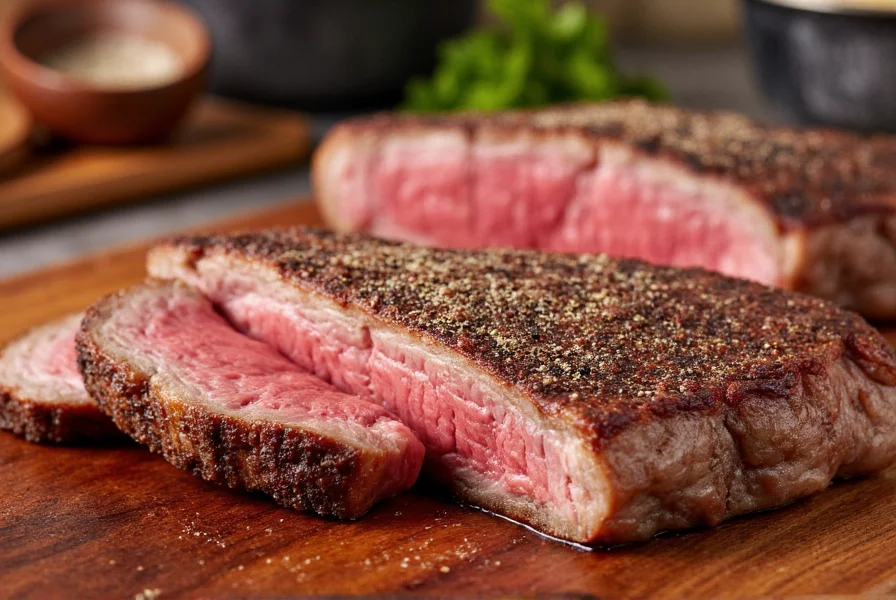
The result? A lopsided flavor experience. One side tastes like a savory dream, while the other feels like... well, disappointment. By seasoning both sides, you ensure that each bite delivers consistent flavor from edge to edge.
Seasoning Equals Flavor + Texture
It's not just about taste—it's also about texture. Salt draws moisture out of the meat, which then evaporates, allowing the steak to sear better. That means a deeper Maillard reaction, more caramelization, and a crispier crust.
The Science Behind Even Seasoning
Understanding how seasoning works chemically helps you appreciate the importance of applying it evenly across both sides of the steak. Here's a quick breakdown:
| Mechanism | Description | Impact on Steak |
|---|---|---|
| Salt Extraction | Salt pulls moisture from the surface of the meat. | Creates a dry layer ideal for searing. |
| Maillard Reaction | A chemical reaction between amino acids and reducing sugars. | Responsible for the browned, flavorful crust. |
| Flavor Penetration | Dry spices sit on the surface; wet marinades penetrate slightly. | Ensures even distribution of taste. |
By seasoning both sides, you maximize all three processes—moisture control, browning, and flavor development—for a perfectly balanced bite.
Best Spices for Steak Seasoning
Choosing the right blend of spices can elevate your steak from good to unforgettable. Here are some of the most popular and effective options:
- Kosher Salt – Coarse texture helps stick to meat; enhances natural flavors.
- Freshly Ground Black Pepper – Adds heat and complexity without overpowering the beef.
- Garlic Powder – For a subtle umami boost.
- Paprika – Adds color and mild smokiness.
- Cayenne Pepper – For those who like a little kick.
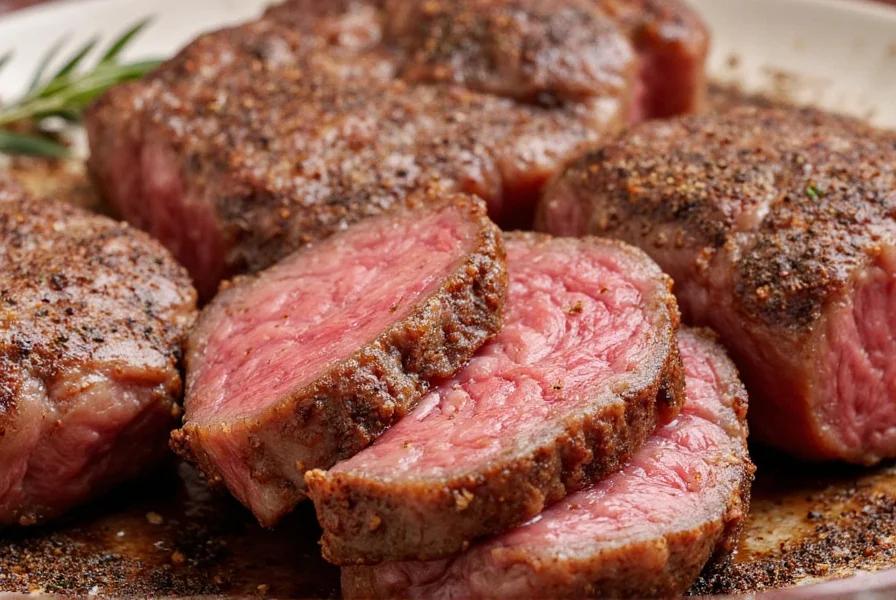
You can use these individually or combine them into your own signature steak rub. The key is balance—too much salt can overwhelm, and too much spice might mask the meat's richness.
How to Season Your Steak Like a Pro Chef
Want to get restaurant-quality results at home? Follow these simple but effective steps:
- Choose Your Cut: Ribeye, strip, filet, or sirloin—each has a unique fat content and flavor profile. Pick what suits your taste best.
- Dry the Surface: Pat the steak dry with paper towels. This helps create that beautiful sear.
- Season Generously: Sprinkle your chosen spices evenly over both sides. Use about ½ teaspoon of salt per pound as a starting point.
- Let It Rest: Allow the steak to sit at room temperature for 30–60 minutes before cooking. This helps the seasoning absorb and ensures even cooking.
- Cook and Flip: When grilling or pan-searing, flip once and season the second side immediately after turning.
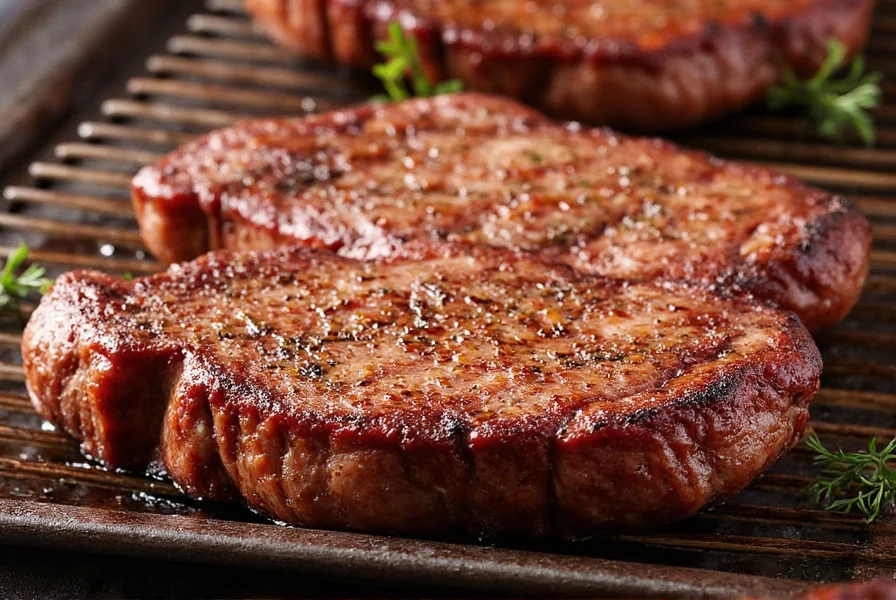
Pro Tip:
For thicker cuts, consider using a dry brine. Apply salt 24 hours in advance and refrigerate uncovered. This technique maximizes tenderness and deepens flavor.
Common Seasoning Mistakes (and How to Avoid Them)
Even seasoned home chefs make mistakes when seasoning steak. Here are some common pitfalls and how to avoid them:
| Mistake | Why It Happens | How to Fix It |
|---|---|---|
| Only seasoning one side | Forgetfulness or time constraints | Set a timer or make it a habit to season both sides before cooking |
| Using too much salt | Lack of measuring or understanding concentration levels | Start small, taste as you go, and adjust accordingly |
| Not letting steak rest | Impatience or lack of knowledge | Rest for at least 5–10 minutes to lock in juices and enhance flavor |
| Overloading spices | Trying to cover up low-quality meat | Invest in quality cuts and season lightly but purposefully |
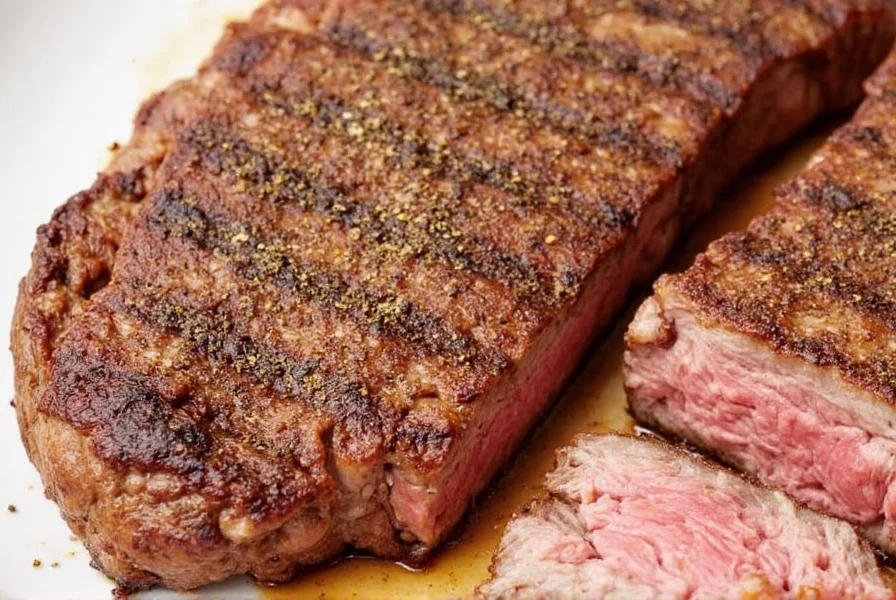
Buying Guide: Top Spice Blends for Steak Lovers
If mixing your own blend sounds overwhelming or you're looking for convenience, here are some top-rated steak seasoning mixes available on the market:
| Product Name | Features | Advantages | Use Case | Occasion |
|---|---|---|---|---|
| Steven Raichlen's Steak Rub | Smoky paprika, cracked pepper, garlic, onion powder | Rich depth of flavor, easy to apply | Grilling or pan-searing thick steaks | Weekend barbecues, backyard cookouts |
| Williams Sonoma Perfect Steak Seasoning | Balanced salt-pepper-garlic blend | Perfectly portioned, premium ingredients | Dinner parties, gourmet steak nights | Special occasions, fine dining at home |
| McCormick Grill Mates Montreal Steak Seasoning | Peppercorn mix, garlic, onion, paprika | Strong flavor, affordable | Everyday grilling, family meals | Quick dinners, weekday meals |
| PrimeGrid Smoked Steak Rub | Smoked paprika, hickory smoke flavor, chili flakes | Unique smoky taste, great for BBQ lovers | Outdoor smokers, charcoal grills | Tailgating, camping trips, BBQ competitions |
| Herb & Soul Organic Steak Seasoning | Organic herbs, no MSG, low sodium | Healthy option, clean ingredient list | Health-focused diets, organic meals | Brunches, health-conscious gatherings |
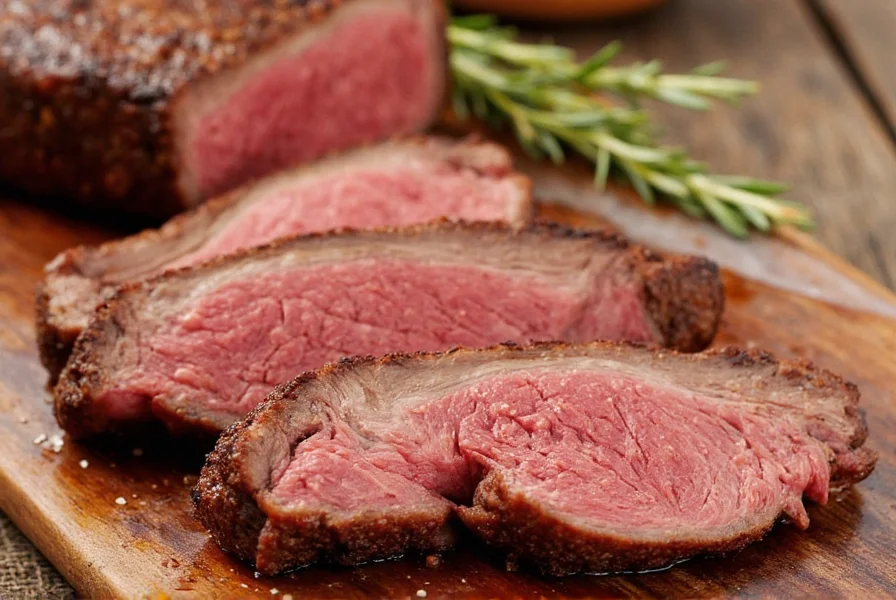
Target Audience for These Products:
- Hobby Grillers: Those who love experimenting with flavors on weekends.
- Busy Home Cooks: Looking for quick, flavorful solutions during weeknights.
- Gourmet Enthusiasts: Interested in high-end flavors and presentation.
- Outdoor Cooking Lovers: Enjoys smoking, grilling, or camping.
Frequently Asked Questions About Steak Seasoning
Do you season both sides of steak?
Yes, absolutely. Seasoning both sides ensures consistent flavor throughout your steak. If you only season one side, you'll end up with half your steak tasting bland while the other half has all the flavor. Both sides need proper seasoning to develop that delicious crust through the Maillard reaction during cooking.
How much salt should I use when seasoning steak?
A good rule of thumb is about ½ teaspoon of kosher salt per pound of steak. The exact amount can vary based on personal preference and the cut of meat. Thicker cuts may need slightly more seasoning. Remember that salt not only adds flavor but also helps draw out surface moisture for better searing.
Should I season steak before or after cooking?
Season before cooking - ideally 30-60 minutes before. This allows the salt to penetrate the surface and helps dry the exterior for better searing. For even better results, consider dry brining by salting 24 hours in advance and refrigerating uncovered. Seasoning after cooking results in less flavor penetration and a less developed crust.
Can you over-season a steak?
Yes, it's possible to over-season, particularly with salt. Too much salt can make your steak taste unpleasantly salty and draw out too much moisture. With spice blends, excessive seasoning can overwhelm the natural beef flavor. The key is balance - start with moderate amounts and adjust based on your taste preferences and the steak's size.
Does the cut of steak affect how I should season it?
Yes, different cuts have varying fat content and flavor profiles that influence seasoning. Richer cuts like ribeye can handle bolder seasonings, while leaner cuts like filet mignon benefit from simpler seasoning to highlight their delicate flavor. Thicker cuts generally need more seasoning than thinner ones to ensure flavor penetration.
How long before cooking should I season my steak?
For best results, season at least 30-60 minutes before cooking to allow the salt to work its magic. For optimal results, try dry brining by salting 12-24 hours in advance and refrigerating uncovered. This technique allows the salt to penetrate deeper, enhancing both flavor and texture. Just remember to bring the steak back to room temperature before cooking.
Conclusion
In short, the answer to the burning question "do you season both sides of steak?" is a resounding yes. Not only does it improve flavor consistency, but it also enhances texture, sear, and overall enjoyment. Whether you're a casual griller or a seasoned chef, paying attention to both sides of your steak can make all the difference.
So next time you fire up the grill or hit the stovetop, don't skimp on the seasoning. Be generous, be thorough, and most importantly—be ready to impress. With the right approach and a few choice spices, you'll never look back at bland steak again.
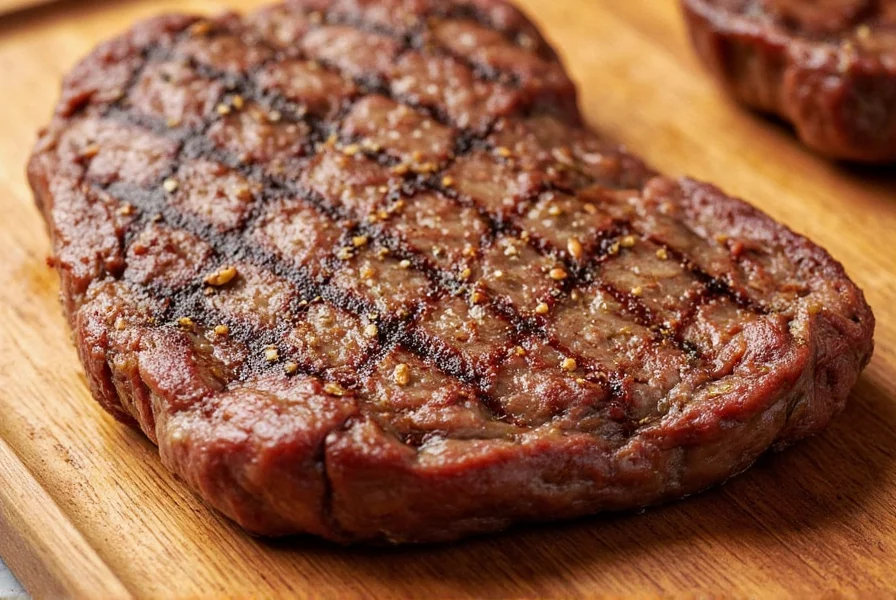
Now go forth and season like a pro!

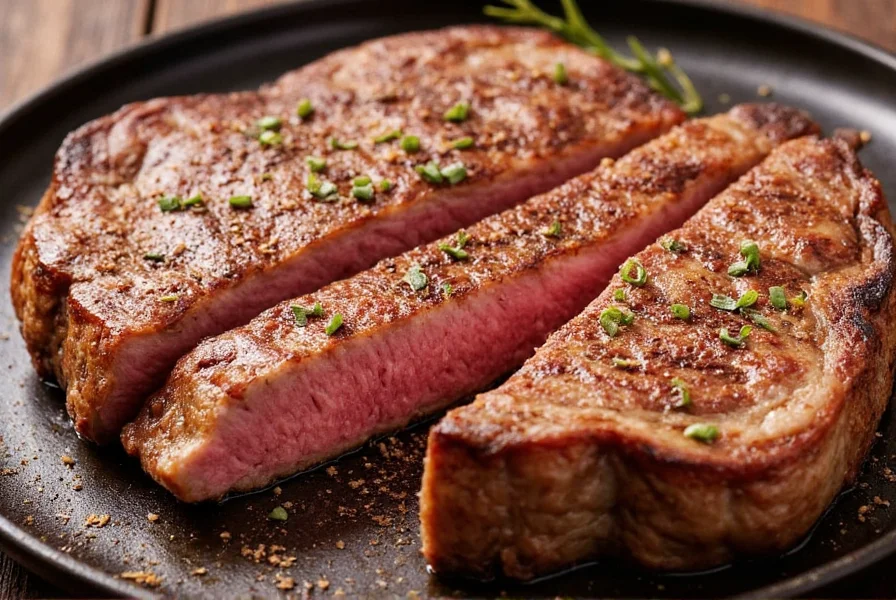









 浙公网安备
33010002000092号
浙公网安备
33010002000092号 浙B2-20120091-4
浙B2-20120091-4